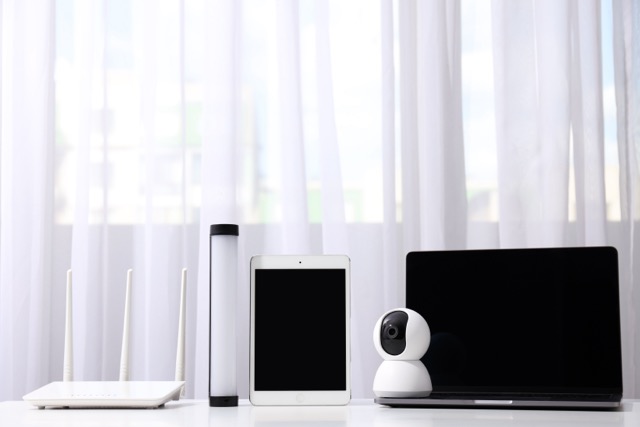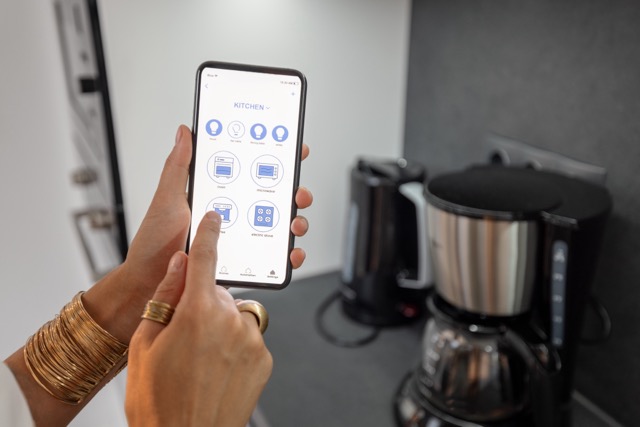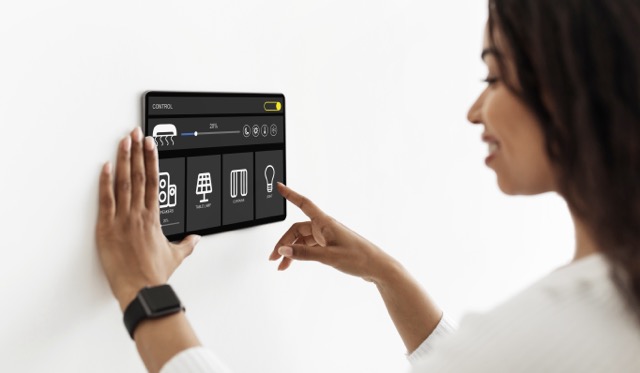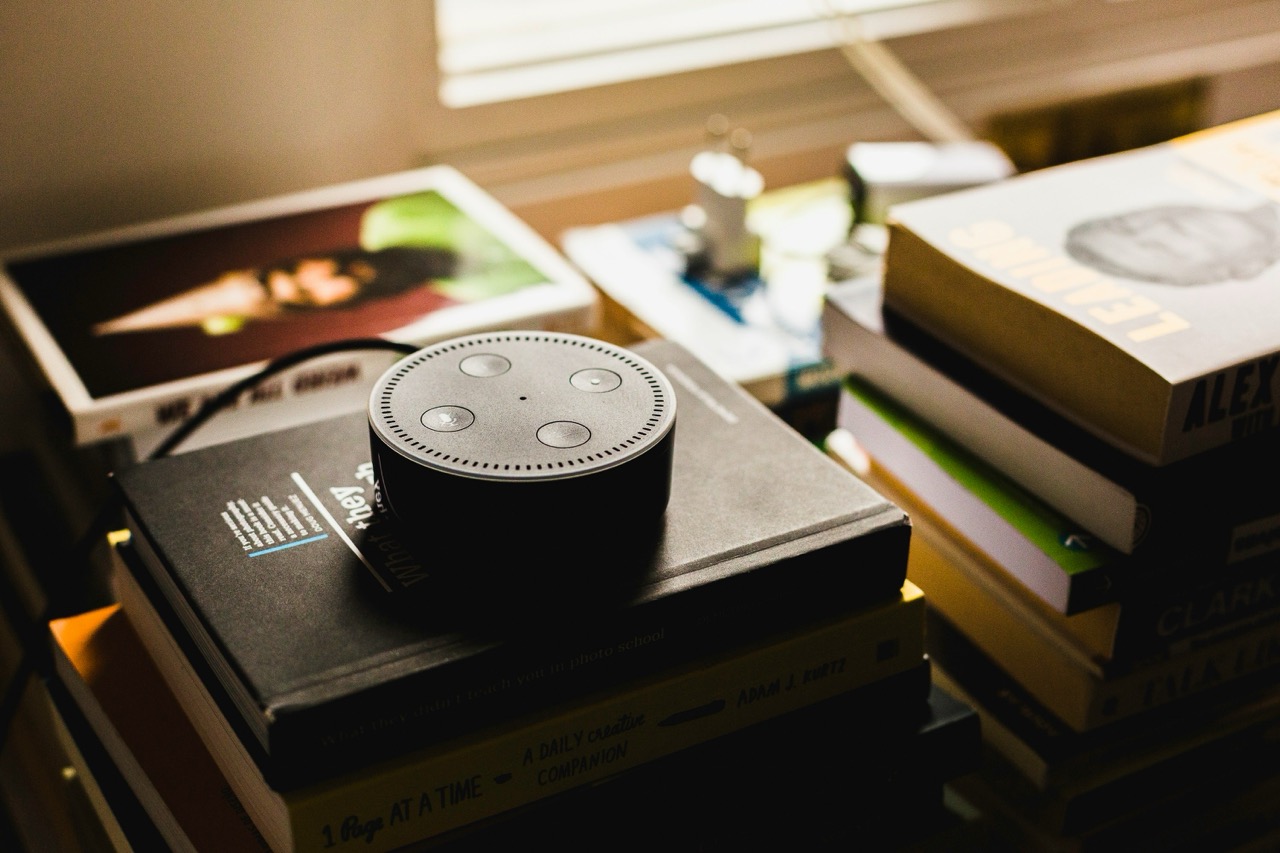In the digital age, the concept of a home theater has evolved beyond a simple large screen and surround sound system into a smart, interconnected entertainment hub. Crafting a smart home theater is not only about enhancing your movie-watching experience but about integrating technology that adapts to your lifestyle and preferences. This DIY setup guide will walk you through every step of creating an optimal smart home theater, from evaluating your space to troubleshooting common setup challenges. Whether you’re a tech novice or a seasoned enthusiast, these insights will help you build a home theater that rivals any commercial cinema in both comfort and performance.
Step 1: Evaluating Your Space for Optimal Setup
The first step in setting up a smart home theater is to evaluate the space available. Consider the room’s shape, size, and natural light, as these factors will influence screen visibility and sound acoustics. Ideally, select a room that is rectangular, as this shape minimizes audio distortion and simplifies speaker placement. Pay attention to windows and other sources of natural light which can cause glare on your screen; blackout curtains might be a necessary investment.
Next, think about the seating arrangement. The distance and angle from the screen should provide a comfortable viewing experience without straining the eyes or neck. Use online calculators to determine the ideal distance based on the size of your screen. Additionally, consider the flooring material. Carpeting can help absorb sound and improve acoustics, enhancing the overall sensory experience.
Lastly, assess the electrical setup and availability of outlets. Your smart home theater will require a reliable power source for various components, including projectors, speakers, and streaming devices. Ensure that you have enough outlets and consider hiring an electrician to add additional outlets or dedicated circuits if necessary to handle the load safely.
Step 2: Choosing the Right Smart Theater Tech
Selecting the appropriate technology is crucial for a smart home theater. Start with the centerpiece: the display. Whether you choose a high-definition large-screen TV or a projector and screen setup depends on your room size and viewing preferences. Modern smart TVs offer built-in streaming and voice-control features, making them a convenient choice, while projectors can provide a more cinematic experience with larger image sizes.
Sound technology is equally important. Invest in a high-quality surround sound system that includes a receiver, multiple speakers, and a subwoofer. Look for systems that support latest audio technologies like Dolby Atmos for a truly immersive sound experience. Smart soundbars are also an option for smaller spaces or budgets, providing a compact yet powerful alternative to full surround systems.
Lastly, consider the source of your content. A smart Blu-ray player or a streaming device that supports 4K and HDR content can greatly enhance your viewing experience. Ensure these devices are compatible with your other technology and have connectivity options like Wi-Fi and Bluetooth for seamless integration into your smart home network.
Step 3: Integrating Visual Elements Effectively
To maximize the impact of your home theater’s visuals, proper screen placement and room lighting are key. The screen should be positioned at eye level when seated to avoid neck strain and should be as central as possible for even viewing angles. If using a projector, ensure the projector’s throw distance is compatible with the size of your room to avoid image distortion.
Room lighting should complement your screen’s technology. If using a projector, the room needs to be as dark as possible, so consider ambient light-rejecting (ALR) screens if total darkness isn’t achievable. For TVs, ambient backlighting can reduce eye strain and enhance contrast. Smart LED strips that can change color and brightness with the content on the screen are a popular choice.
Wall color and decoration also play a part in visual quality. Opt for neutral colors that don’t reflect light, such as dark grays or blacks, which enhance perceived contrast and make colors pop more vividly on the screen. Avoid placing reflective objects near the screen, as they can distract from the viewing experience.
Step 4: Optimizing Sound for Immersive Experiences
Sound optimization begins with speaker placement. The typical 5.1 surround sound system includes three front speakers (left, right, and center), two rear speakers, and a subwoofer. Position these speakers in a circle around your main seating area, with the center speaker directly aligned with your TV or projector screen. This setup ensures that dialogue, which primarily comes from the center speaker, sounds like it’s coming directly from the action on screen.
Room acoustics also affect sound quality. Hard surfaces can cause sound to bounce around, creating echoes and muddying audio clarity. Incorporate soft materials such as thick curtains, plush sofas, and acoustic panels to absorb excess sound. For dedicated theaters, consider professionally installed acoustic treatments for optimal sound dampening.
Finally, calibrate your sound system. Many modern receivers come with auto-calibration microphones that automatically adjust speaker output to suit the room’s acoustics. Manual adjustments might still be necessary to fine-tune bass levels and individual speaker volumes, ensuring every seat is the best seat in the house.
Step 5: Smart Control Systems: Ease and Efficiency
A smart control system is the brain of your home theater, integrating various components into one seamless, easy-to-use interface. Choose a system that can connect not only your audiovisual equipment but also lighting, climate control, and even window treatments. Systems like Control4, Savant, and Crestron offer comprehensive solutions, although simpler alternatives like Logitech Harmony can be effective for less complex setups.
Voice control through AI assistants such as Amazon Alexa, Google Assistant, or Apple Siri adds another layer of convenience. These systems can perform tasks from playing a movie to adjusting the volume, all hands-free. Additionally, mobile apps allow you to control your home theater from your smartphone or tablet, providing flexibility and control from anywhere in the room.
Automation is another impactful feature. Set scenes for different types of viewing experiences—such as "Movie Night" where the lights dim, the screen descends, and the sound adjusts all with one command. Such automations enhance the user experience, making your smart home theater not only state-of-the-art in technology but also in user interface design.
Step 6: Troubleshooting Common Setup Challenges
Even with careful planning, you may encounter issues with your home theater setup. Common problems include equipment not communicating properly, unsatisfactory video or audio quality, and complex system operations. Firstly, ensure all components are compatible and correctly connected; refer to user manuals or online forums for guidance.
If you notice poor video or audio quality, double-check your system settings. Incorrect picture settings on TVs and projectors can lead to washed-out images, while improper sound settings can flatten audio dynamics. Calibration tools and guides can help you adjust these settings for optimal performance.
Lastly, simplify complex operations by consolidating remote controls and streamlining user interfaces. If your system feels too complicated, it might deter from the overall experience. Consider hiring a professional to reconfigure your setup for simplicity and efficiency, ensuring that your smart home theater remains enjoyable and user-friendly.
Building a smart home theater is a journey that combines technology with creativity to transform your media consumption experience. By meticulously selecting the right technology, optimizing your space, and integrating smart controls, you create not just a theater, but an escape into the world of cinema. Remember, the key to a successful home theater is not just in its components but in how seamlessly they work together to produce a truly immersive experience. Embrace the process, anticipate challenges, and get ready to bring Hollywood into your home.










